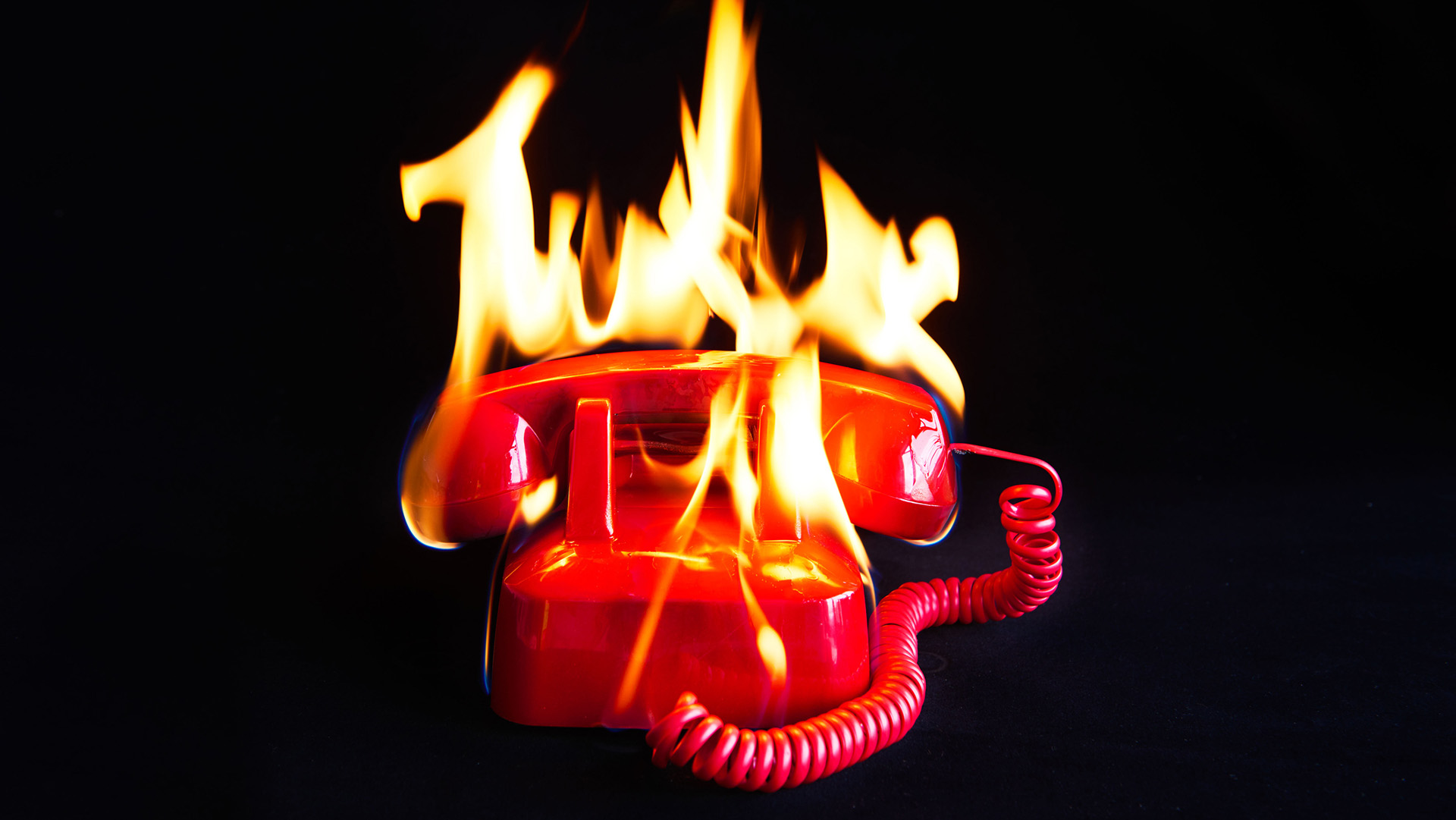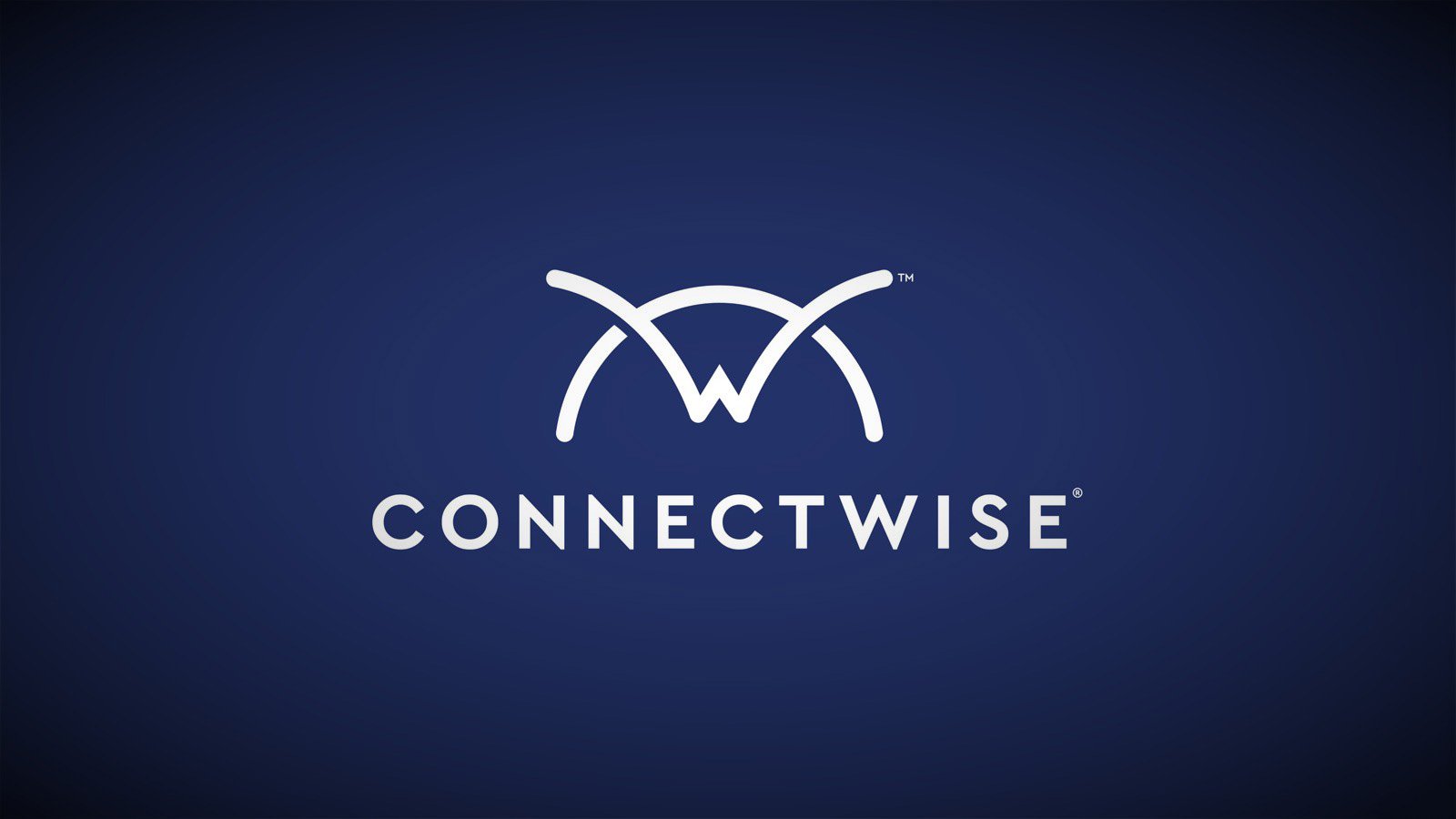You Can Safely Remove All These Preinstalled Apps From Your iPhone

Unbox and power up a brand new iPhone and you’ll find there are plenty of apps already on there—which, broadly speaking, is good! You can start browsing the web, checking your email, streaming music, making notes and much more without visiting the App Store.
However, you’re not necessarily going to make a lot of use of all of these apps. Uninstalling the ones you don’t actually need means they won’t take up space on your phone and won’t take up bandwidth with app updates.
In recent years Apple has made more and more apps optional, and you can now get rid of more apps than you may have realized. If you find you do need them again, you can easily grab them from the App Store.
To remove an app from your iPhone, tap and hold on its home screen icon, then choose Remove App > Delete App > Delete. You can also uninstall apps from the App Library: Tap and hold on an icon, then choose Delete App > Delete.
Here are the preinstalled iOS apps you can get rid of (it’s almost all of them, in fact):
Books: Apple’s depository of e-books can be uninstalled from your iPhone if you’re not interested in any digital reading. It’s been bundled with iOS since iOS 8 in 2014.
Calculator: If you prefer an alternative calculator app or you’re just great at math, you can say goodbye to the Calculator app. It’s been around since the first iPhone in 2007.
Calendar: The built-in Apple Calendar app may feel pretty essential to iOS, but it isn’t, and you can get rid of it. It’s been preinstalled on iPhones since the 2007 original.
Clock: The Clock app has been around since day one on the iPhone, back in 2007, but iOS can run fine without it. You might need to find an alternative alarm app, however.
Compass: One of the lesser-known apps, Compass can be safely removed if you’re confident you won’t need it. The app was introduced with iPhone OS 3 in 2009.
Contacts: Surprisingly, you can delete Contacts, an app that debuted in 2008, from iOS. However, your contacts will still show up in the Phone app, which can’t be removed.
If you remove FaceTime, you can still make calls via the Phone app.
Credit: Lifehacker
FaceTime: FaceTime, on the iPhone since iOS 4 in 2010, can be safely removed from your iPhone—you’ll still be able to make calls through the Phone or Contacts apps.
Files: A files app may seem pretty fundamental to a phone, but you can remove the iPhone’s built-in option. This app was introduced with the launch of iOS 11 in 2017.
Find My: A core app you’d assume can’t be uninstalled, but in fact it can be. Find My has come preinstalled since iOS 13 in 2019, combining Find My iPhone and Find My Friends.
Freeform: The virtual brainstorming app developed by Apple first made its appearance on iOS late in 2022, and you can safely take it off your iPhone without breaking anything.
Health: If you don’t need the Health app, introduced in 2014, you can delete it. However, your existing health data will remain on your phone, under Health in iOS Settings.
Home: Apple’s smart home platform hasn’t been its biggest success, and you can get rid of this app without any issue. The Home app was first added to iPhones back in 2016.

The iTunes Store app is still going.
Credit: Lifehacker
iTunes Store: Did you forget about the iTunes Store? It predates the iPhone, and showed up in iOS in 2008. If you don’t want to buy any digital goods, you can remove it.
Journal: We’ve had Journal on our iPhones since 2023, letting you record memories day by day. If journaling isn’t for you, or you’ve found a better option, this app can be deleted.
Magnifier: You might have never noticed the Magnifier app on iOS, but it has been a standalone app preinstalled on iPhones since 2020—and you can remove it without issue.
Mail: There are plenty of good email clients for iOS, and if you’re not using the default one that has been preinstalled since 2007 on every iOS version, you can delete Mail.
Maps: Apple Maps has been with us since 2012, and while it’s improved a lot in that time, you might decide you prefer an alternative option—in which case, you can delete it.

If you’re not keen on Apple Maps, you can remove it.
Credit: Lifehacker
Measure: One of the minor utilities that comes free with every iPhone since 2018 and iOS 12. If you don’t need to do any measuring on your iPhone, it can be removed.
Music: This is an app category where there are lots of alternatives—and if you’re using one, you can remove this. The app first appeared in 2011, replacing the earlier iPod app.
What do you think so far?
News: If you’re not getting your news fix through Apple’s own News app, this can be uninstalled without a problem. It first made an appearance in 2015.
Notes: For many of us, Notes is an essential app, but if that’s not the case for you then you can remove it from iOS. It’s been around since the first iPhone back in 2007.
Playground: If you’ve enabled Apple Intelligence when setting up your iPhone, you’ll have the Playground app for making AI images, launched in 2024—but you can uninstall it.

No need for AI imagery? Remove the Playground app.
Credit: Lifehacker
Passwords: This is one of the newer Apple apps, launched in 2024. If you don’t need this for managing your logins and other data on your iPhone, then it can be safely uninstalled.
Podcasts: There are a host of great podcast players out there, so if Apple Podcasts isn’t your app of choice for this, get rid of it. Podcasts launched as an app in 2012 with iOS 6.
Reminders: If you’re using a different app for this job (or you’re just great at remembering everything), you can remove Reminders, which has been included with the iOS software since 2011.
Shortcuts: Some people find Shortcuts indispensable, but if you’re not one of them, this app can be safely uninstalled from your iPhone. It became a preinstalled app in 2019.
Stocks: Stocks has been on iPhones since the very beginning, the first iPhone in 2007. If you don’t need it to keep up with current stock prices, you may safely delete it.
Tips: Ever since iOS 8 in 2014, Tips has been there, ready to serve up tips and tricks for using your iPhone. If you feel you don’t need the app, there’s no problem with deleting it.

The Tips app gives you … tips.
Credit: Lifehacker
Translate: Apple Translate has been around on iPhones since 2020, and it’s definitely improved since then—but it’s also possible to safely uninstall it.
TV: The Apple TV app is where you get all your movies and shows from Apple, and it’s been a standalone app since 2016. If you source your content from elsewhere, you can delete it.
Voice Memos: There’s no doubt this can be a useful app, but it’s not for everyone, and can be uninstalled. Voice Memos made its debut on the iPhone all the way back in 2009.
Wallet: You can uninstall the Wallet app from iOS, which is something of a surprise. The app for payments, cards, and tickets arrived on iOS under its current name in 2012.
Watch: If you’re not an Apple Watch user, feel free to uninstall the Watch app, available since 2015. If you have a connected Apple Watch, you’ll be asked to unpair it first.
Weather: Finally, the trusty Weather app, on iPhones since the very first one in 2007, can also be deleted from your iPhone, if you’re sourcing your forecasts from elsewhere.








